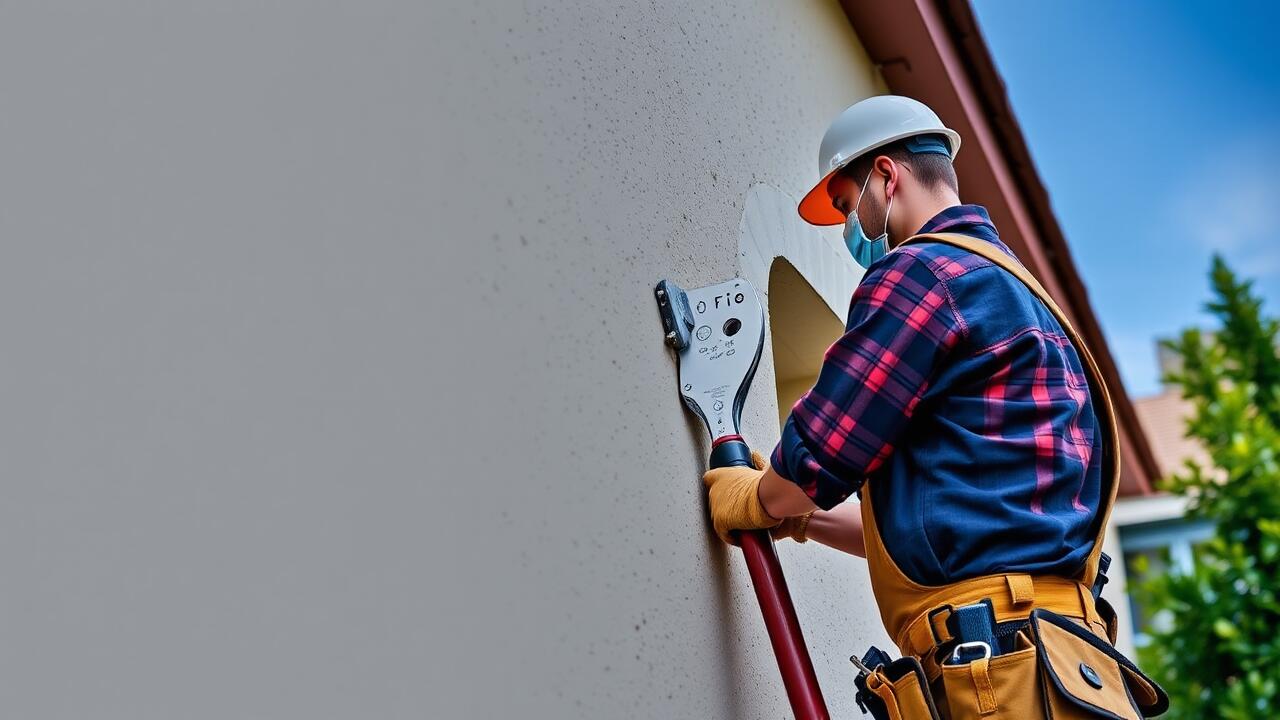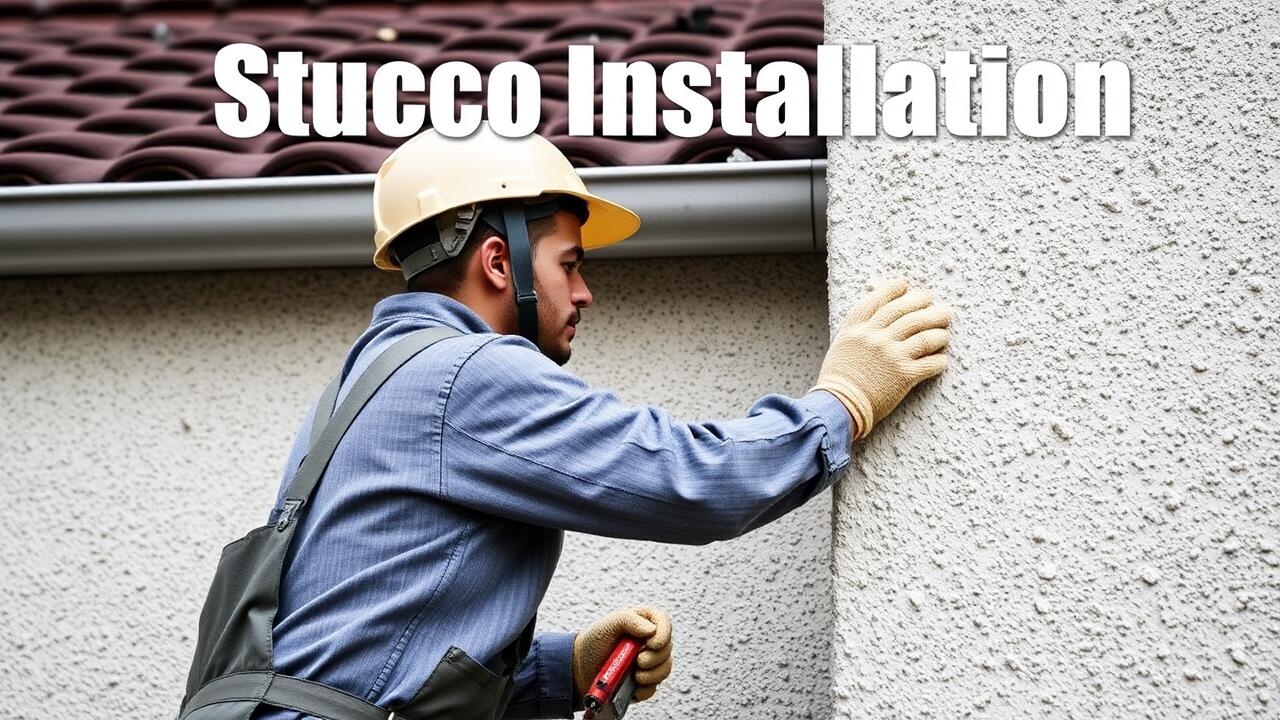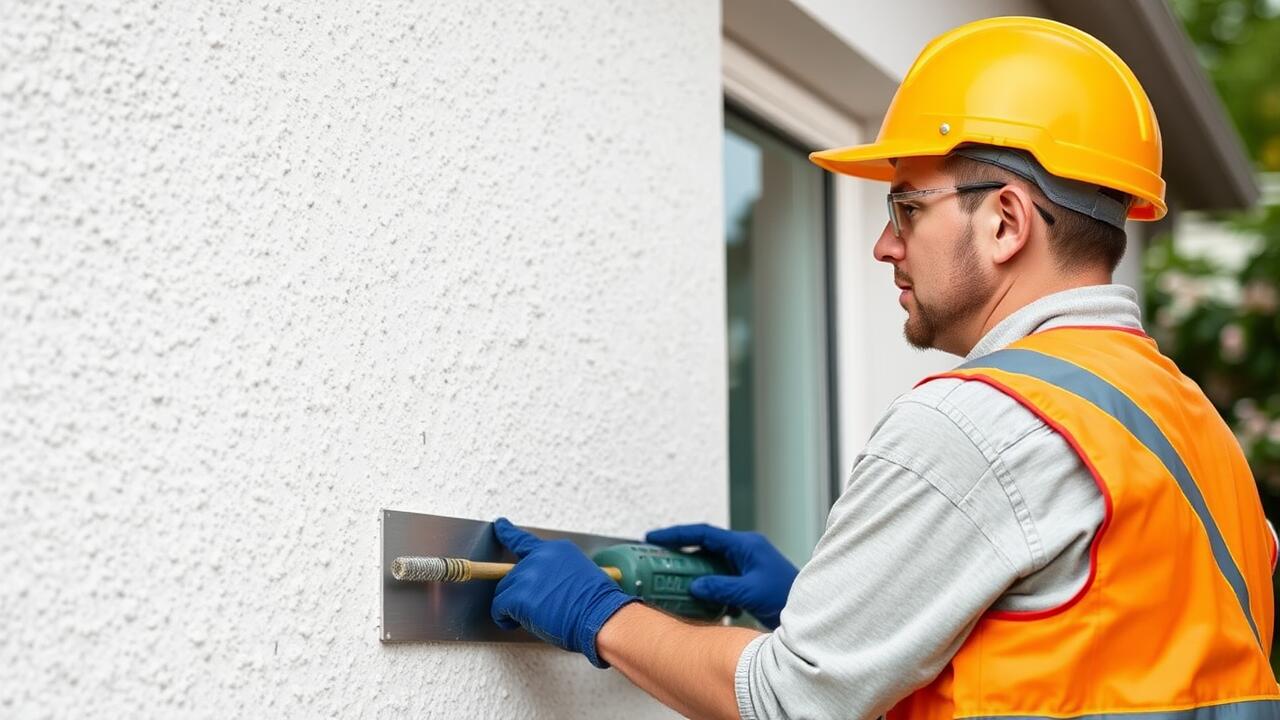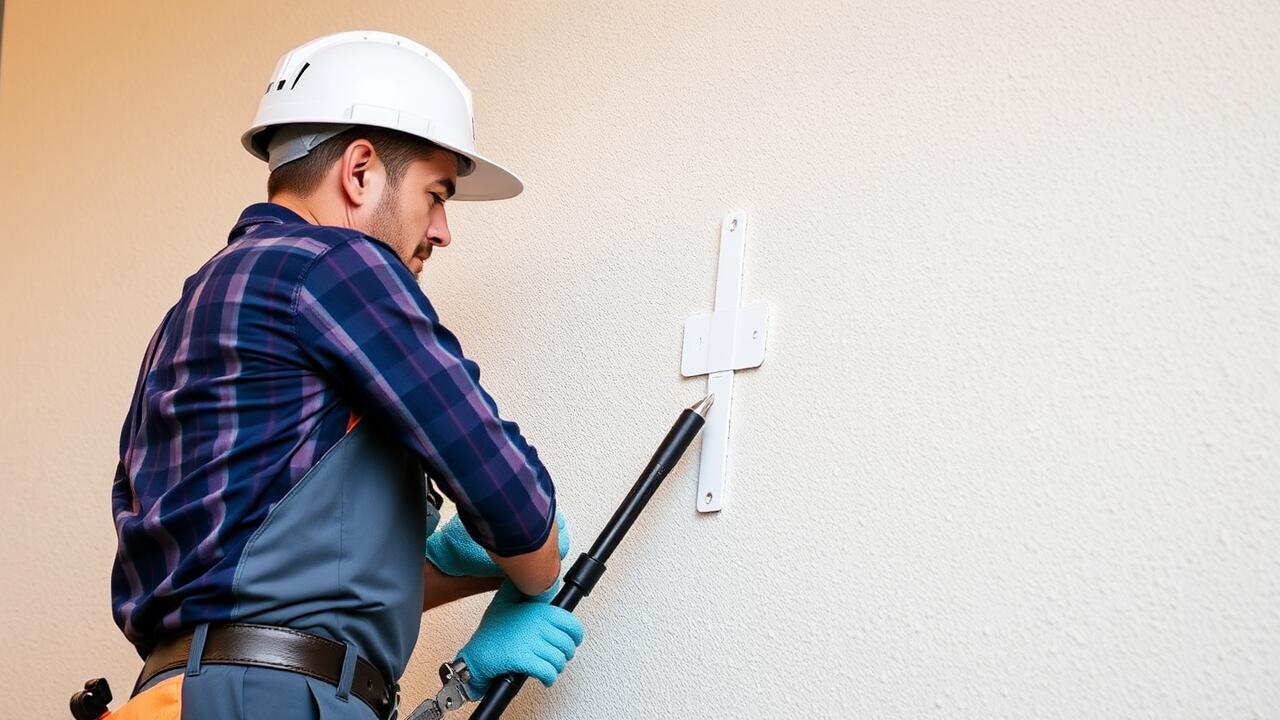
Durability and Longevity
Stucco is known for its impressive durability and long lifespan. When properly installed and maintained, it can last for several decades without significant deterioration. The material is resistant to rot and pests, which often plague wooden siding options. Its solid composition can withstand severe weather conditions, making it a preferred choice in various climates.
On the other hand, traditional siding materials may require more frequent repairs and replacements. Factors such as exposure to moisture and harsh sun can significantly shorten the lifespan of wood or vinyl siding. Homeowners in areas like Chatsworth, Los Angeles, may find that investing in stucco installation pays off in the long run due to its lower maintenance requirements and greater resilience against environmental factors.
How Longevity Affects Overall Cost
Longevity plays a significant role in the overall cost when comparing stucco and siding. While the initial investment for stucco installation may be higher, its durability often leads to lower maintenance and replacement expenses over time. Homeowners can expect stucco to last for several decades with minimal upkeep, which can offset the initial costs significantly.
In cities like Encino, Los Angeles, stucco installation often comes with an assurance of resilience against various weather elements. Unlike siding, which may require more frequent replacement or repairs, stucco's robust nature contributes to long-term savings. As homeowners factor in potential future expenses, the longevity of stucco can make it a more cost-effective option in the long run, making it an appealing choice for many property owners.
Aesthetic Appeal
Stucco and siding each offer distinct aesthetic advantages that can significantly influence a home's character. Stucco presents a smooth or textured surface that provides a classic look, often associated with Mediterranean and southwestern architectural styles. Homeowners in neighborhoods like Silver Lake Heights, Los Angeles, may appreciate how stucco complements the area's artistic vibe and enhances property values through its timeless appeal.
Siding, on the other hand, comes in a variety of materials, colors, and styles, from vinyl to wood. This versatility allows homeowners greater customization to achieve a specific look or match their home’s architectural style. In contrast to stucco, siding can evoke a more contemporary or casual look that may appeal to some modern homeowners. Each option presents unique opportunities to enhance visual aesthetics, making the choice largely dependent on personal preference and neighborhood context.
Visual Differences Between Stucco and Siding
Stucco and siding present distinct visual characteristics that cater to different tastes and architectural styles. Stucco offers a smooth, textured appearance typically associated with Mediterranean and Spanish-style homes. Its seamless finish allows for a variety of colors and can be customized with different techniques, like scoring or sanding, to create unique patterns. In contrast, siding often features horizontal or vertical panels that provide a more traditional, American look. With an array of materials such as wood, vinyl, and fiber cement, siding allows for a range of finishes and colors, appealing to homeowners seeking a different aesthetic.
When considering options like Westlake, Los Angeles Stucco Installation, homeowners may find themselves drawn to the modern elegance of stucco. Its ability to integrate well with landscaping and its robust, solid feel can enhance a property's overall look. Conversely, siding's natural charm brings warmth and familiarity to a home. Factors such as regional climate and personal style preferences will influence the choice between these two options, as the visual impact can significantly alter the exterior impression of a residence.
Energy Efficiency Considerations
Energy efficiency plays a significant role in the overall appeal of both stucco and siding. Stucco tends to offer better insulation compared to many traditional siding materials. Its dense composition allows for a more considerable thermal mass, which can help moderate indoor temperatures. This feature often results in reduced reliance on heating and cooling systems, potentially lowering energy costs over time.
In contrast, various siding materials may lack this inherent insulation quality. While some insulated siding options exist, they typically require an additional investment. Homeowners considering options like Studio City, Los Angeles stucco installation may find that the long-term savings on energy bills can offset the initial installation costs, making it a more economical choice in the long run. Investing in stucco can yield both energy efficiency benefits and a desirable aesthetic for the property.
Impact on Utility Bills
When considering the impact on utility bills, both stucco and siding offer unique advantages. Stucco, known for its superior insulation properties, can help maintain a stable indoor temperature. This thermal efficiency often leads to reduced heating and cooling costs, providing homeowners with long-term savings.
Conversely, siding materials vary widely in their insulating capabilities. Some types may require additional insulation to achieve similar energy efficiency levels as stucco. For those in regions like Reseda, Los Angeles, stucco installation can be a practical choice for minimizing energy expenditures while enhancing the home's overall appearance.
FAQS
Is stucco typically more expensive to install than siding?
Yes, stucco installation generally involves higher labor costs and material expenses compared to many types of siding, which can make it more expensive overall.
How does the longevity of stucco impact its cost compared to siding?
While stucco may have a higher initial cost, its durability and longevity can lead to lower maintenance and replacement costs over time, potentially balancing out the initial expense.
What are the aesthetic benefits of choosing stucco over siding?
Stucco offers a unique, textured finish that can enhance a home's visual appeal, while siding provides a more traditional look. The choice often depends on personal preference and architectural style.
Are there energy efficiency differences between stucco and siding?
Yes, stucco can offer better insulation properties than some siding options, potentially leading to lower energy bills. However, the overall energy efficiency also depends on the installation quality and additional insulation.
What factors should I consider when choosing between stucco and siding?
Consider your budget, the aesthetic you desire, local climate, maintenance requirements, and energy efficiency. Each option has its pros and cons, which can influence your decision.



